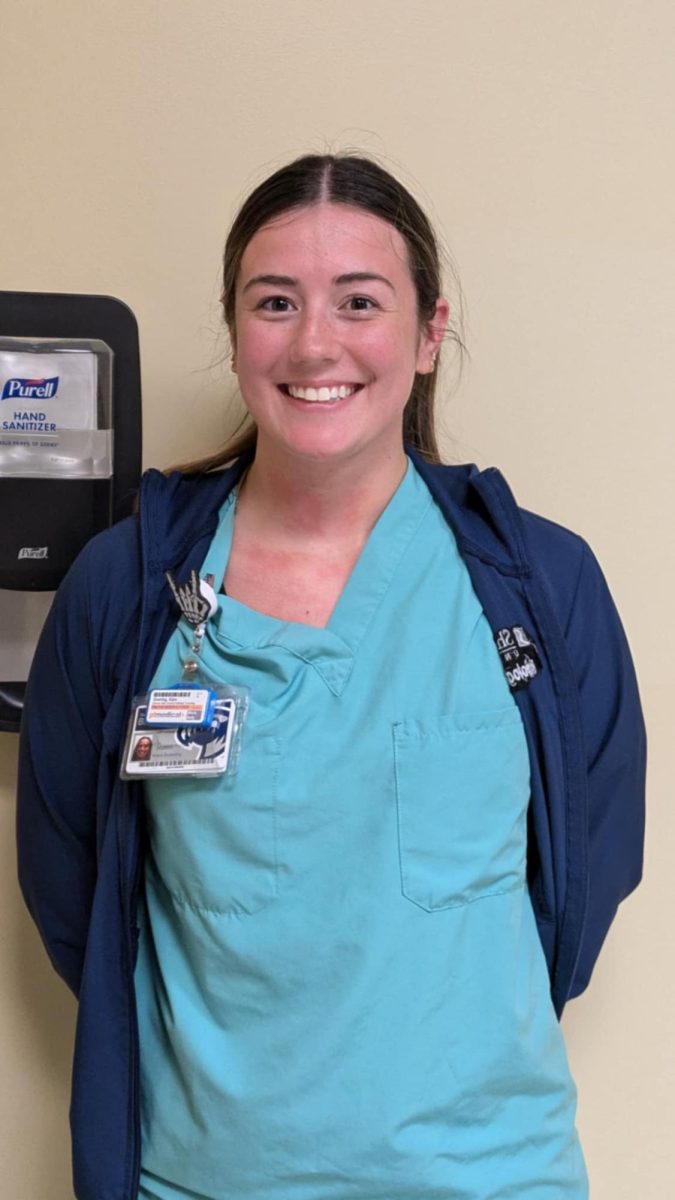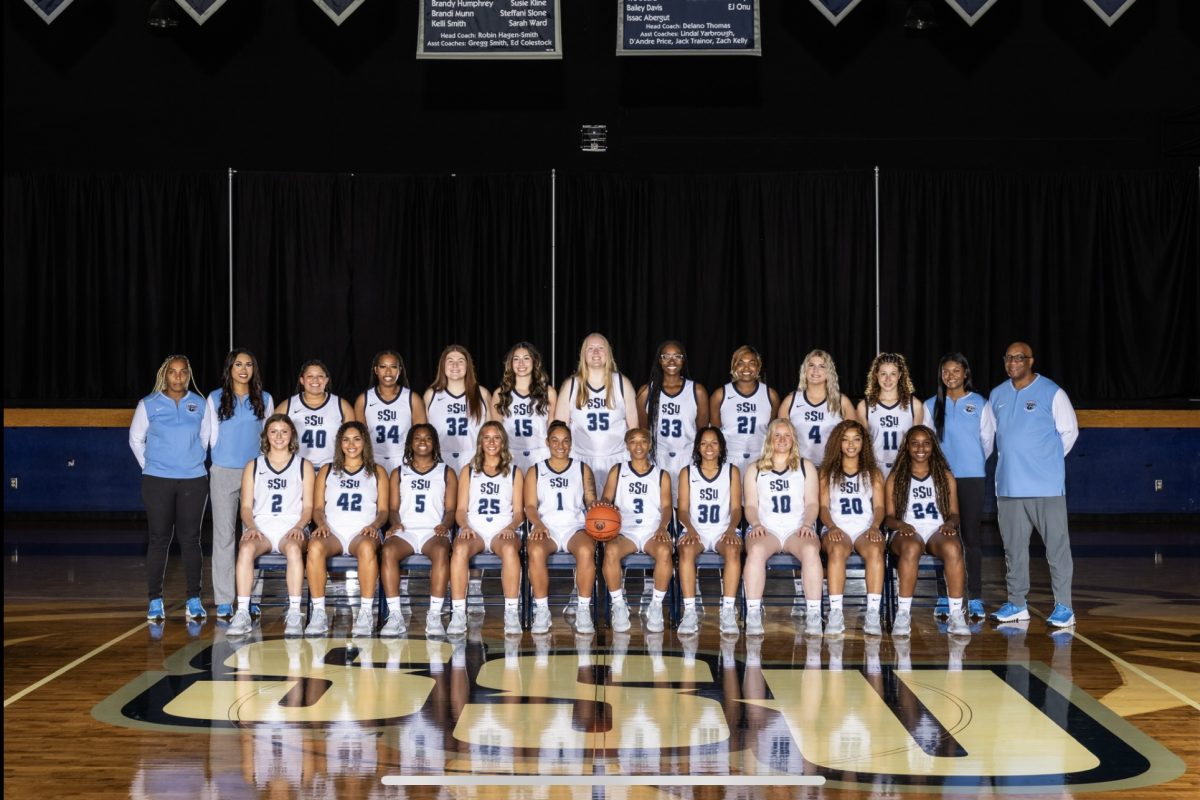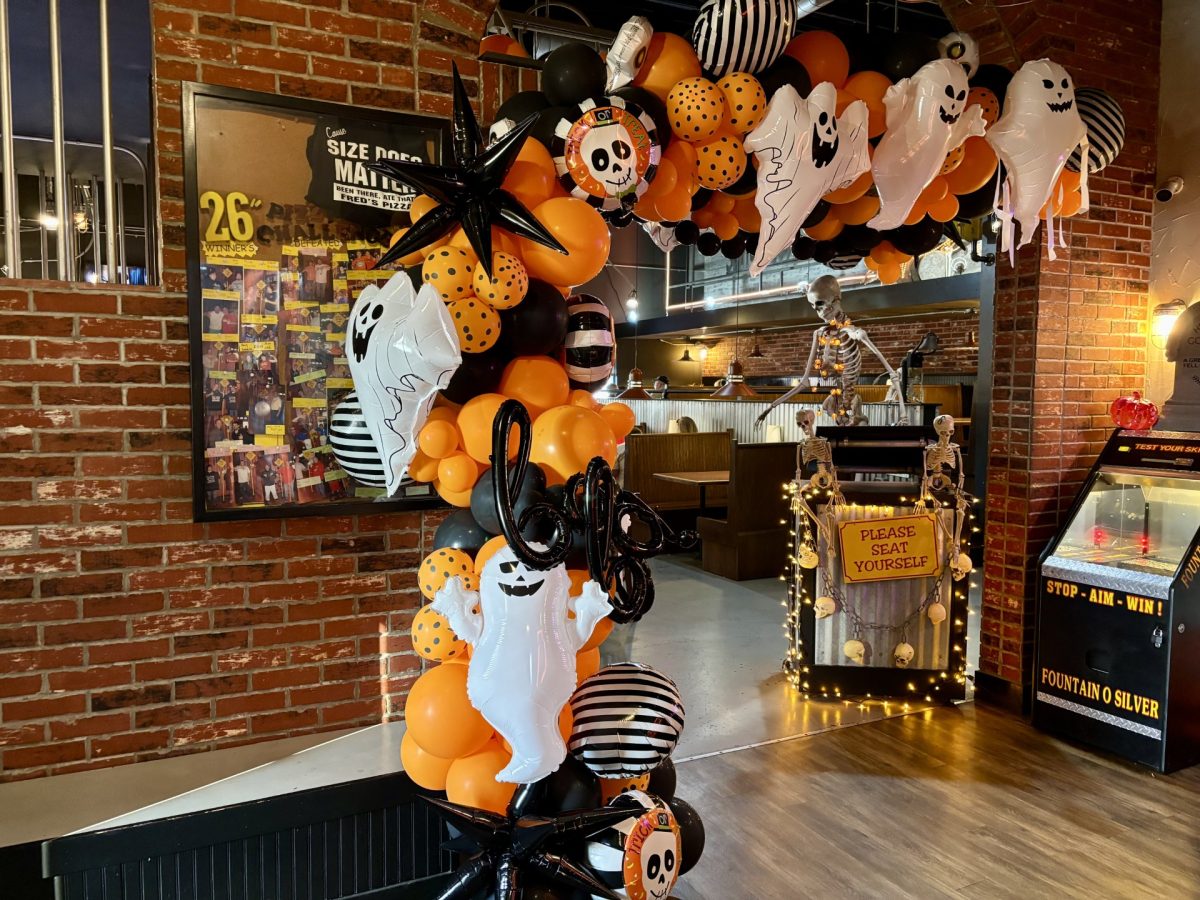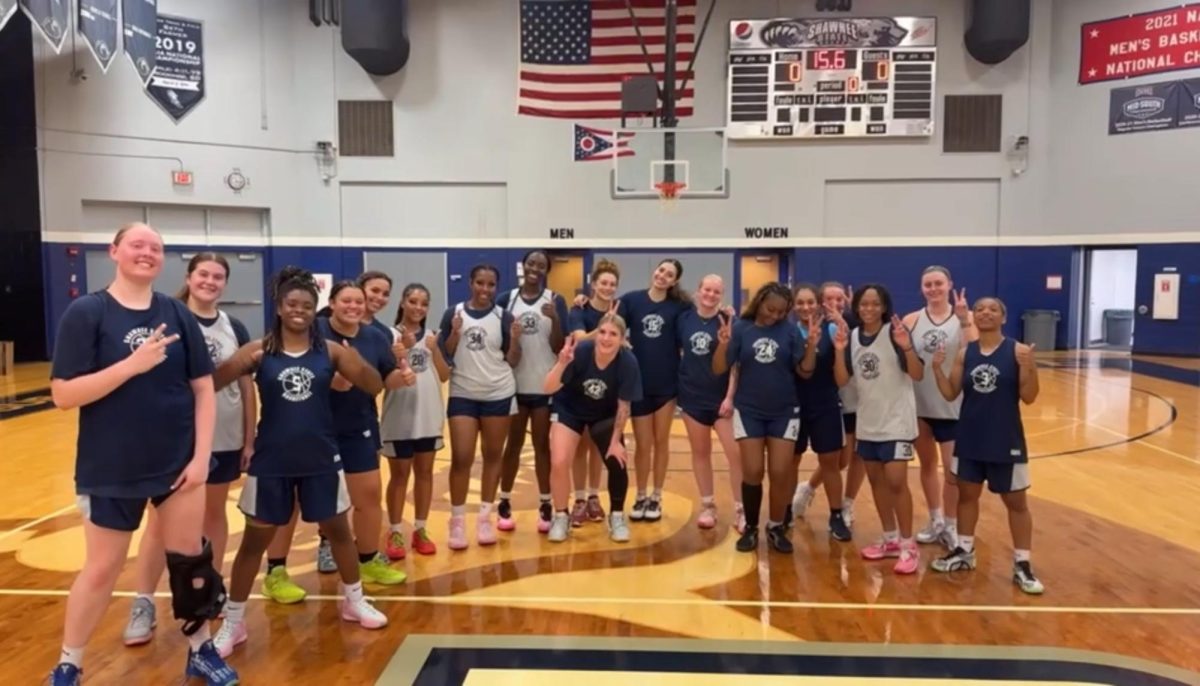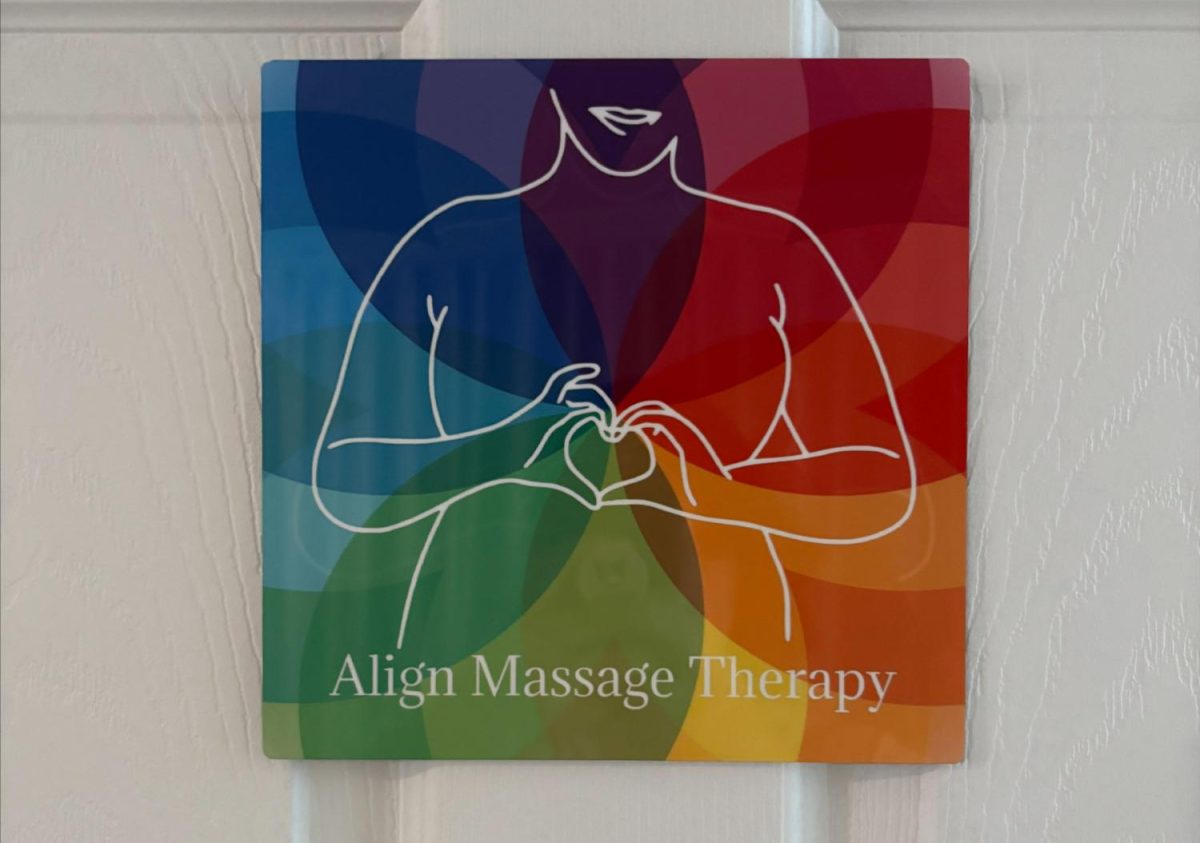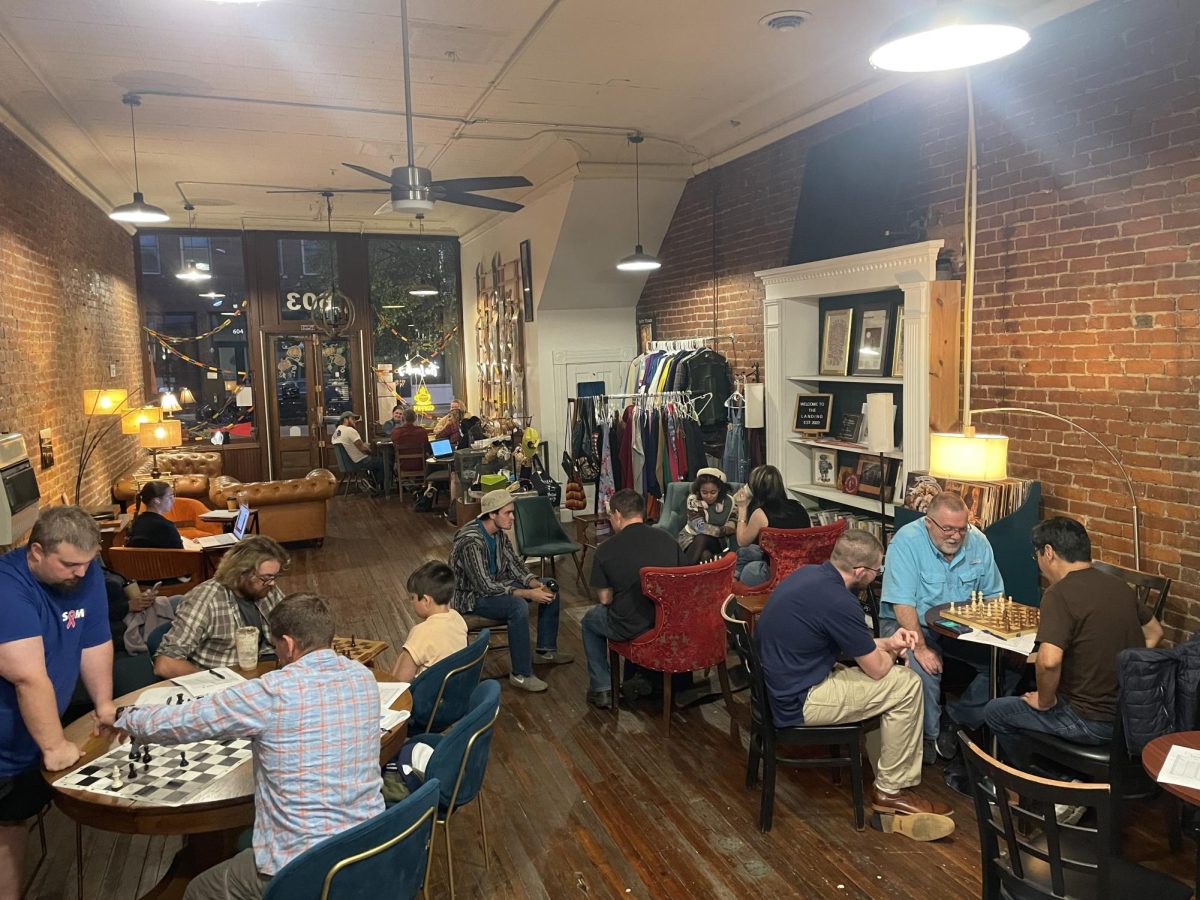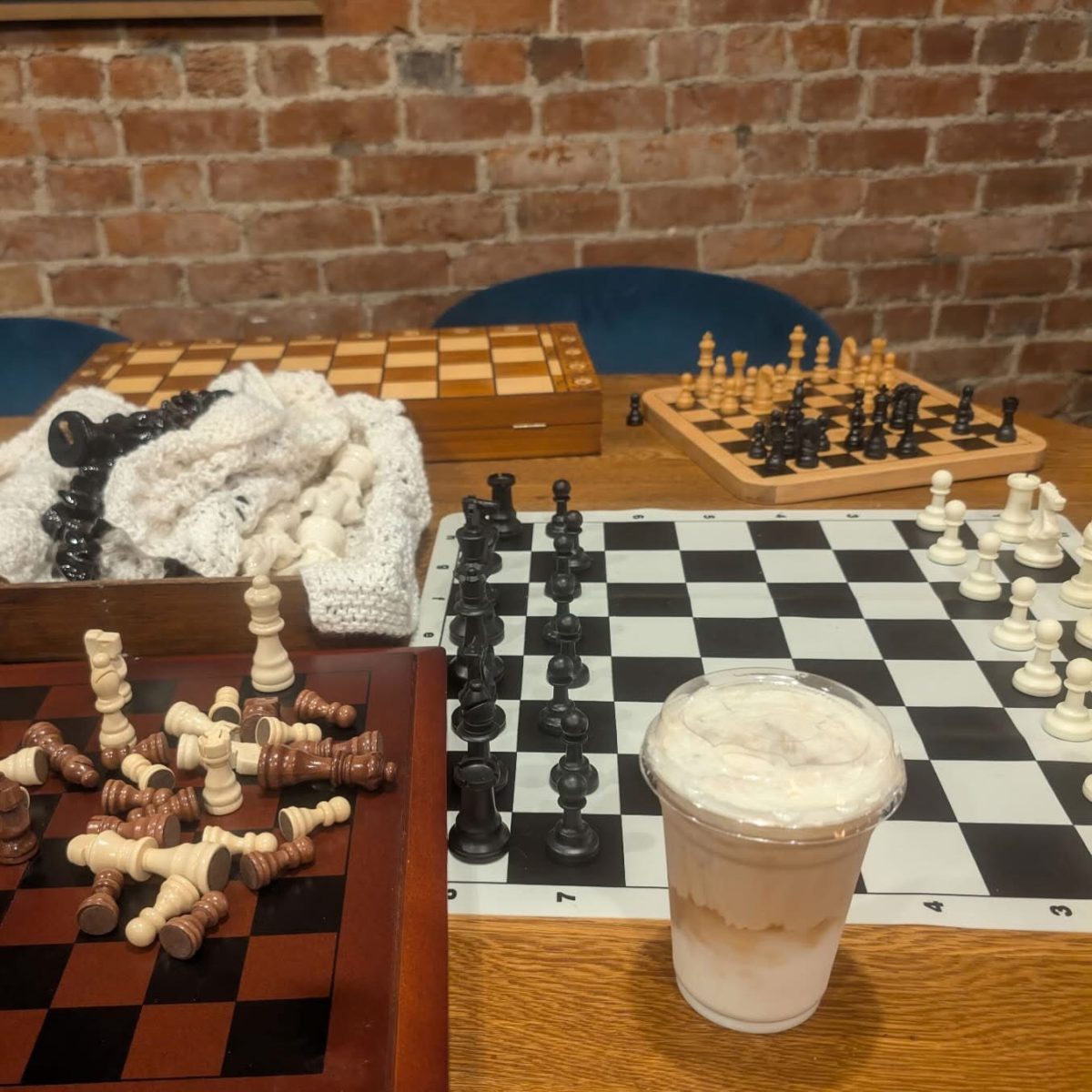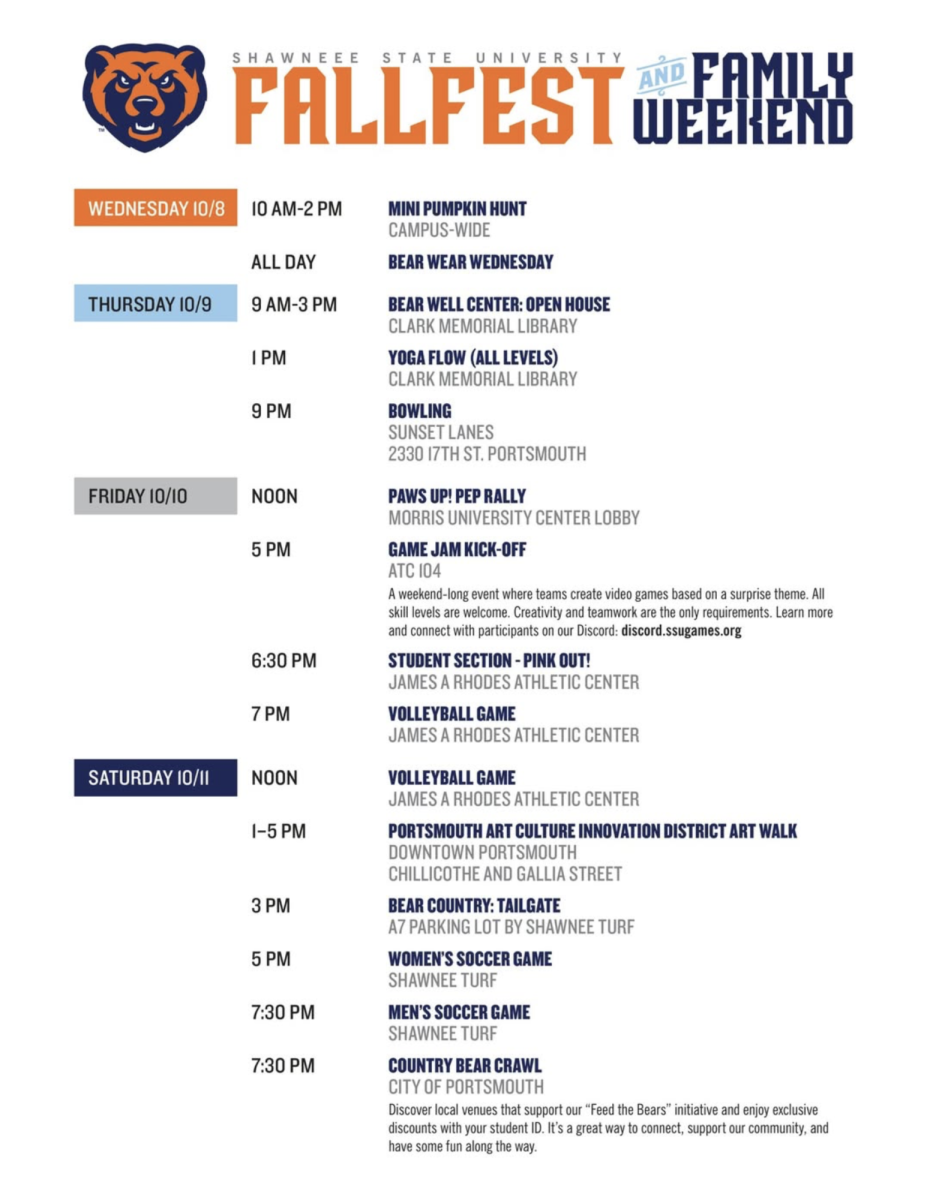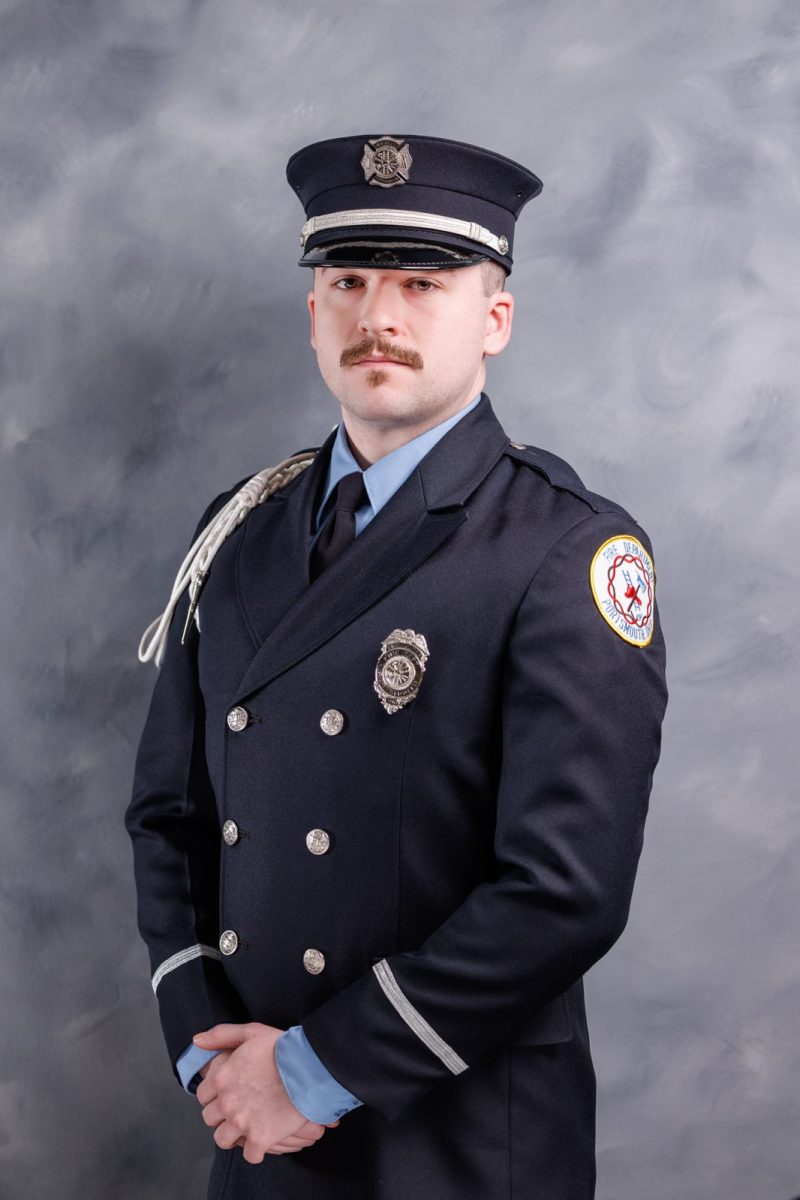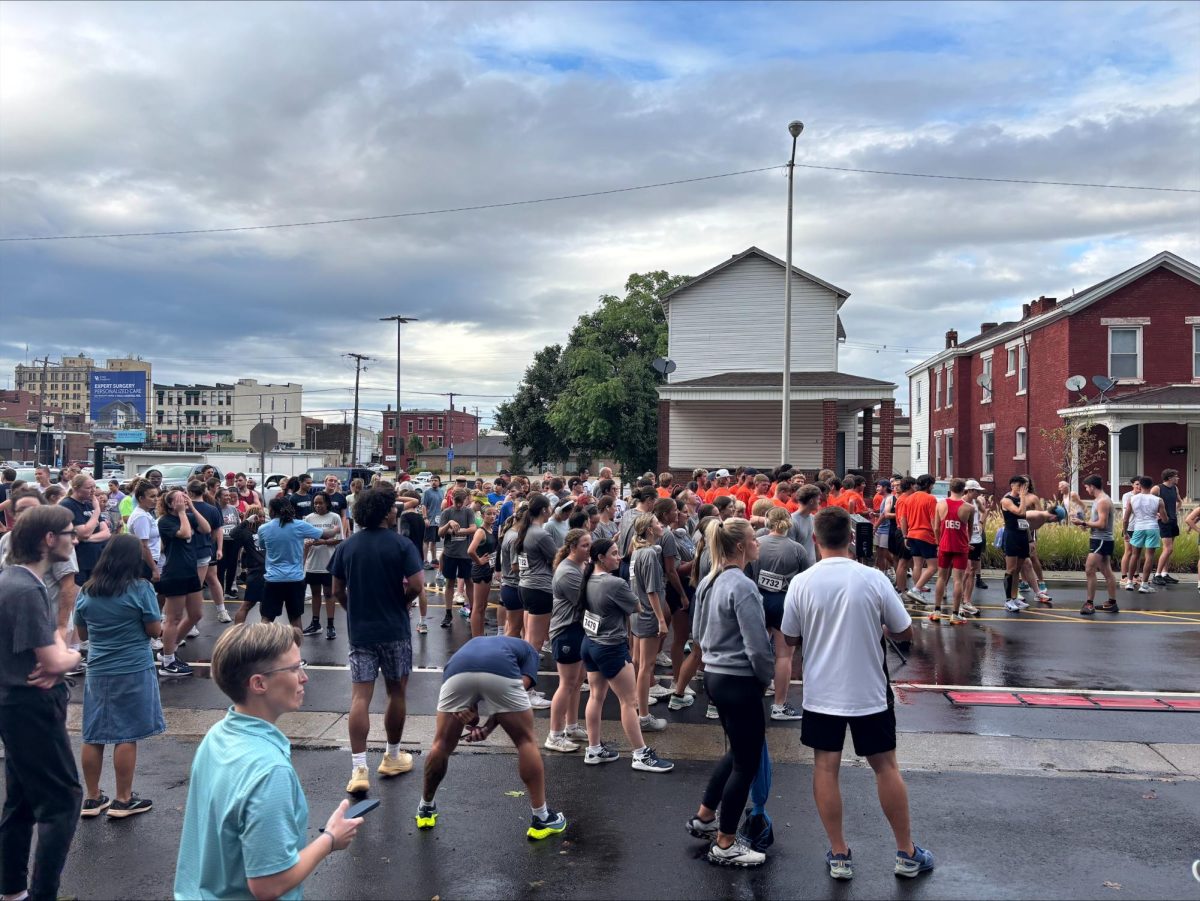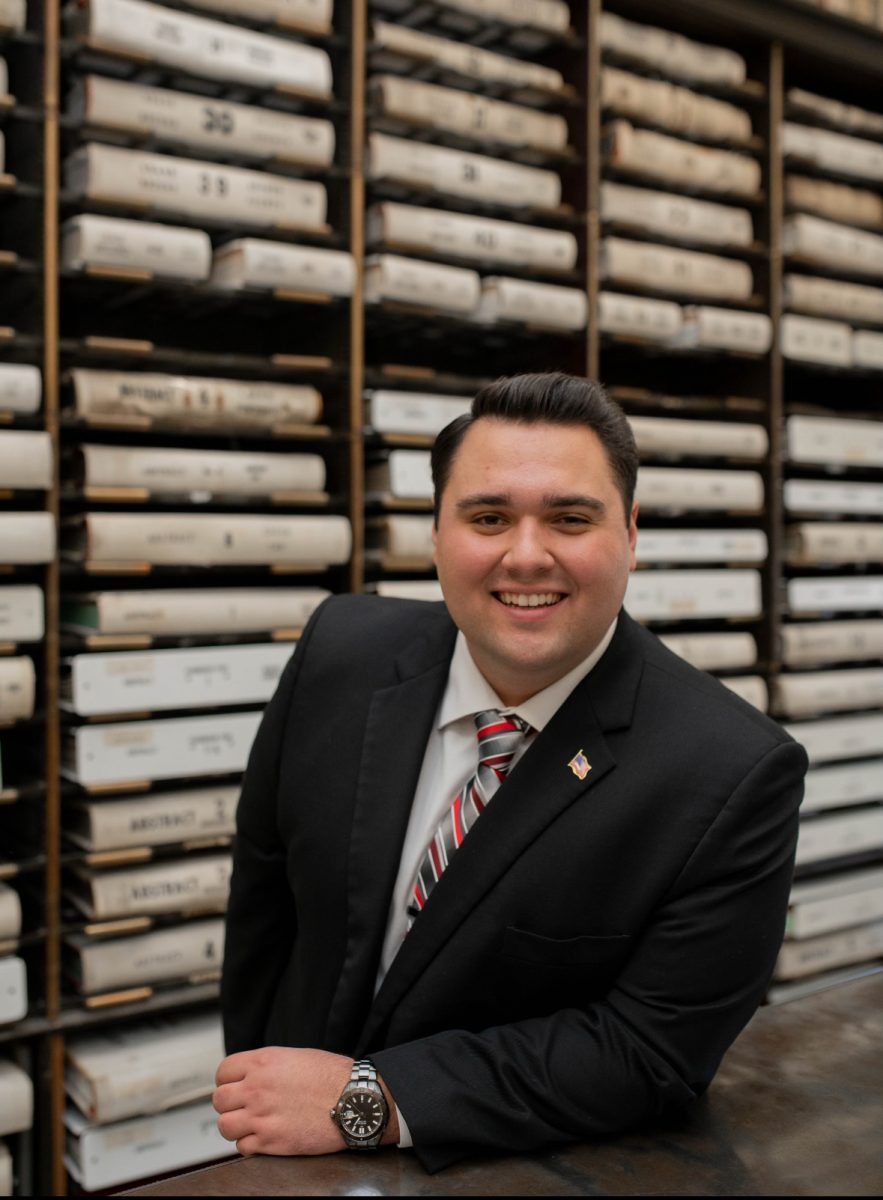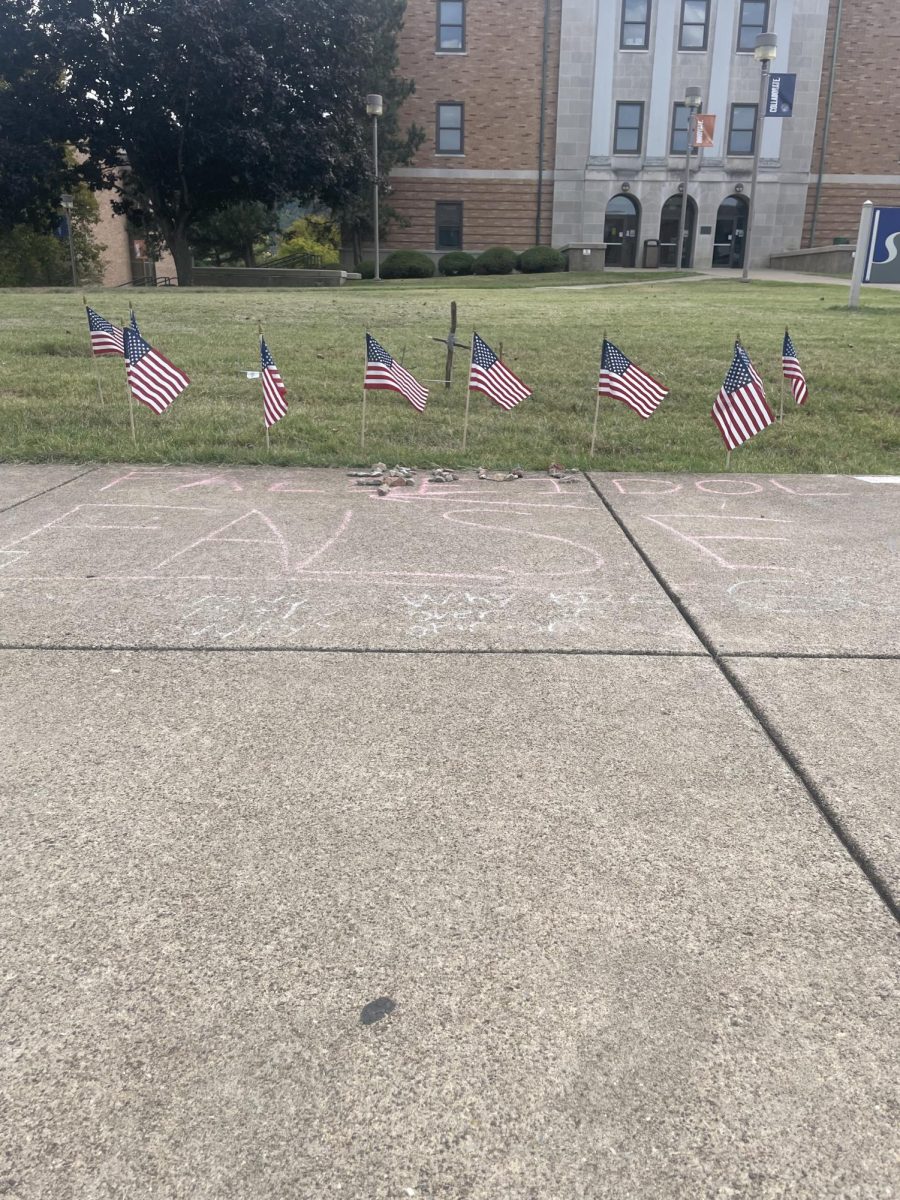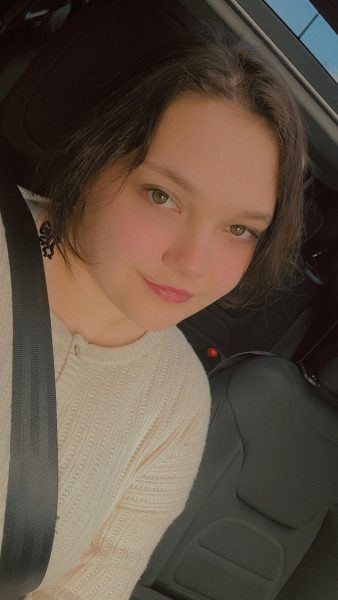Shawnee State University offers an important experiential learning opportunity to students entering the medical field – clinical education. These students get a chance to work in one of the school’s affiliated hospitals to learn, grow and see how their degree works in the real world. To apply for the program, students must complete a job shadow within their field totaling 10-12 hours and meet prerequisite requirements.
Kiara Downing, a 22-year-old from Greenup, Kentucky, is majoring in radiologic technology and health sciences and has been doing clinical education with Southern Ohio Medical Center since Aug. 26 of this year. Students do clinical experiences in different hospitals every semester. Radiologic technology is a two-year degree, and clinical education is required for both years.
When asked why the medical field interested her, Downing said it was about helping others.
“I enjoy the medical field,” Downing said, “as well as seeing why patients are hurting, so they are able to get help.”
Downing is currently attending Shawnee for her last year and praises the program and professors for preparing her for clinical experiences and her board exam. Downing said the hardest part of the program was time management. With classes, clinicals and labs, Downing’s schedule is always full. However, she enjoys the program immensely, and especially loves clinical education.
“The clinical portion of the program has really helped me to gain confidence in the field,” she said.
Upon completion, students in this program must sit for a national registry and must obtain a state licensure where they work. After graduating, Downing plans to continue her education and gain certification to work in catheterization labs, which deal with images and treatments of the heart. Other opportunities for radiologic technology students include radiation therapy, CAT scans, ultrasound scans, MRIs, nuclear medicine and mammography. A degree from SSU in radiologic technology provides an opportunity for students to further their career and make a difference in their community.
